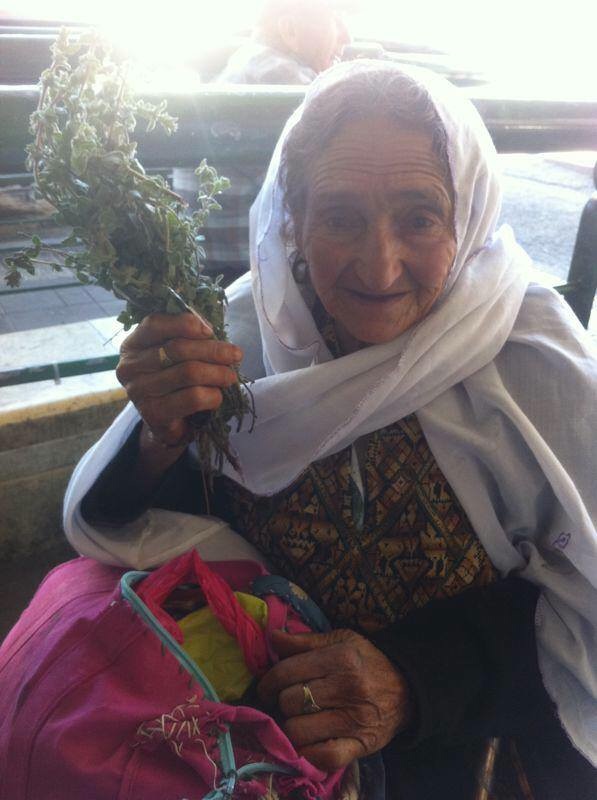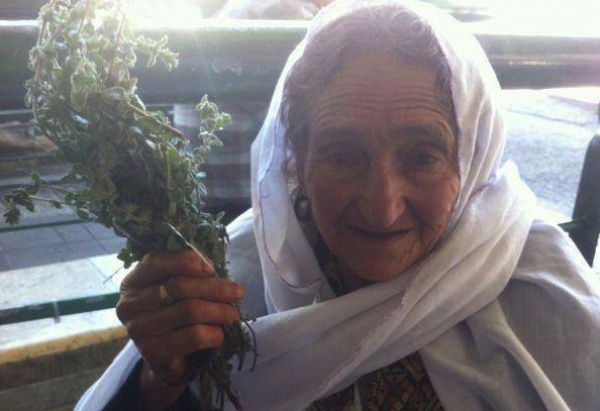Sex palestinier dödades, omkring 100 skadades och runt 300 arresterades. Sedan dess har Jordens dag uppmärksammats i Palestina, och numera också runt om i världen, med aktioner till stöd för rätten till jorden.
Frågan blir allt viktigare. Idag omfattar Israel 78% av det ursprungliga Palestina – mot drygt hälften som man tilldelades vid delningen 1947 – och av de återstående 22%, som palestinierna har accepterat att bygga sin stat på, kontrolleras runt 60% av israeliska bosättare, murar och militär. Antalet illegala bosättare överstiger nu ½ miljon, och ockupationen fortsätter att utvidgas och fördjupas. Över 500 militära checkpoints gör vardagslivet för människor till en evig kamp för att komma till arbeten, skolor, sjukhus – eller bara besöka varandra. Beväpnade bosättare gör raider mot palestinska byar, förstör egendom, förorenar vattenkällorna och sågar ner olivträden. Allt medan den israeliska armén tittar på.
Våldet mot palestinierna ökar. Amnesty International har dokumenterat dödandet av 22 palestinska civila på Västbanken det senaste året, åtminstone 14 av dem i anslutning till olika protester. De flesta dödade är unga vuxna, fyra är barn. Enligt FN har totalt på tre år 45 palestinier dödats och 261, varav 67 barn, skadats allvarligt av skarp ammunition. Ett stort antal palestinier – totalt uppåt 8.500, varav 1.500 barn! – har också skadats på annat sätt, av gummikulor och urskillningslös användning av tårgas. I några fall har offren avlidit av skadorna. Bara den senaste veckan har 3 palestinier dödats och 22, varav flera barn, skadats i israeliska attacker mot människor som protesterat mot ockupationen, i raider mot byar, och i skottlossning mot palestinier och fiskebåtar i Gaza. Endast en av de dödade har tillhört någon form av väpnad motståndsrörelse. Uppmärksamheten i västliga media kring dessa händelser är i stort sett obefintlig.
Den nuvarande israeliske försvarsministern, Moshe Yaalon, har öppet deklarerat att den israeliska arméns uppgift är att ”bränna in i palestiniernas medvetande deras nederlag”. Kort sagt att få dem att ge upp kampen för den av FN beslutade palestinska staten, acceptera att även det sista av Palestina ockuperas av israelerna och, i slutändan, förvandlas till medborgare utan rättigheter eller statslösa på flykt i en evig diaspora.
Jordens dag är ett utmärkt tillfälle att visa att denna israeliska vision aldrig skall tillåtas bli verklighet.

-شو بتعملي هون يا حجة على الساعة ٨ الصبح؟
-"والله هذي رزقتي، بقعد طول الليل انقب هدول الزعترات و باجي هون ابيعهم للناس انا بلقطهم بإيدي من أرضي و بنقبهم بإيدي طول الليل و ببيعهم بإيدي.. بنحطوا عَ رغيف خبز سخن و ببلوا الريق .. ما بتلاقوا زيهم"
-What are you doing here at 8am?
-Well, my dear, this is how I make a living. I sit all night sorting out the za'tar, and then come here and sell them. I pick them with my own hands from my own land, and sort them out by hand all night, then sell it by hand. They're put on a hot loaf of bread and satisfy hunger.. You won't find anything like them.
Israeli forces kill Palestinian teen in southern West Bank
Yousef al-Shawamrah, 14, was shot and killed by Israeli forces last week in the southern West Bank.
By Dylan Collins*
Ramallah, March 25, 2014 – Israeli forces shot and killed a Palestinian teenager last week in the southern West Bank.
Yousef al-Shawamrah, 14, was shot in the back and hip with live ammunition near his village of Deir al-Asal al-Fawqa, which sits alongside Israel’s separation barrier, on Wednesday March 19.
Shawamrah left home around 6:30 am to forage for wild thistle, used in Palestinian cooking, along with two friends, Zahi, 12 and Muntaser, 17.
The boys planned to look for thistle in an area of land belonging to the village that now sits on the other side of the separation barrier.
As they crossed the barrier soldiers fired three shots without warning, Muntaser told DCI-Palestine in a sworn testimony. Another two bullets were fired, which hit Shawamrah in the hip and back as he tried to return through the barrier.
Six soldiers, dressed in black fatigues and black face masks, then emerged from a group of olive trees less than 70 meters away, according to Muntaser.
An Israeli army spokesperson speaking to Ma’an News Agency alleged that the boys were attempting to sabotage Israel’s separation barrier, and “soldiers at the scene called them to distance themselves” before firing at their lower extremities.
The Israeli military has yet to return Shawamrah’s body.
Eighty-five percent of the separation barrier and its planned route is located within the occupied West Bank and not along the Green Line, according to B’Tselem, an Israeli human rights organization.
It results in grave violations of Palestinian rights by severely restricting freedom of movement, restricting access to private land and crucial services.
Shawamrah is the second Palestinian child killed from live ammunition fired by Israeli forces this year, according to data collected by DCI-Palestine. Over 1,400 Palestinian children have been killed as a result of Israeli military and settler presence in the Occupied Palestinian Territory since 2000.
“According to the Israeli army’s own regulations, the use of live ammunition is only justified in circumstance of mortal danger,” said Rifat Kassis, Executive Director of DCI-Palestine.
“When a 14-year-old is shot with two live bullets from a distance of less than 100 meters, it must be presumed that the standard has not been met and the perpetrator must be held accountable.”
Shawamrah’s companions were detained briefly by the Israeli military and claim they were subject to ill-treatment.
Muntaser told DCI-Palestine that he and Zahi were handcuffed, blindfolded and taken to a nearby Israeli settlement, where they were beaten after failing to respond to questions posed in Hebrew, which neither speaks.
They were transferred to an Israeli police station in the Israeli settlement of Kiryat Arba where they were interrogated, fingerprinted and had their pictures taken by Israeli authorities.
At 5:00 pm, 11 hours after they set out to pick thistle, they were dropped off at the Ramadin checkpoint, about 7 kilometers (over 4 miles) from their homes.
Rifat Kassis added: “Once again, we are seeing the deadly consequences connected to the hyper-militarized environment of Israel’s prolonged occupation, in which children being children is enough to get them killed.”
*Dylan Collins is a freelance contributor to Defence for Children International Palestine.

